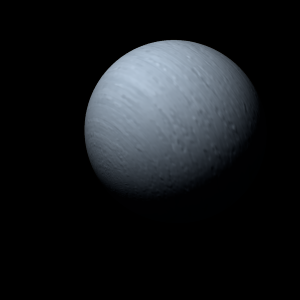|
|
Space Astro
|
Info for exoplanet "Bakyu"
| Scientific (actual) data |
|---|
| Name | NGTS-18 b |
| Planet status | Confirmed |
| Planet mass | 0.409 |
| Radius | 1.21 |
| Orbital period | 3.05125 |
| Semi major axis | 0.0448 |
| Orbit eccentricity | 0 |
| Discovered | 2021 |
| Updated | 2021-03-19 |
| Tzero tr | 2458560 |
| Impact parameter | 0.183 |
| K | 62 |
| Temperature (kelvin) | 1381 |
| Publication | Published in a refereed paper |
| Detection type | Primary Transit |
| Mass measurement type | Radial Velocity |
| Radius measurement type | Primary Transit |
| Star name | NGTS-18 |
| Right ascension | 180.55° |
| Declination | -35.55° |
| Mag v | 14.5 |
| Star distance | 1108 |
| Star metallicity | 0.15 |
| Star mass | 1.003 |
| Star radius | 1.392 |
| Star sp type | G5V |
| Star age | 10.84 |
| Star temperature | 5610 |
| Wikipedia article | NGTS-18 b |
Back
| |
| Fictional info (?) |
|---|
| Suggested name | Bakyu |
| Planet type | Hot gas giant |
| Because of its fast rotation, the planet's shape is that of an oblate spheroid (it has a slight but noticeable bulge around the equator). |
| Atmosphere | 2H2O | 70% |
| Ozone | 24% |
| Water vapor | 4.6% |
| Hydrogen | 0.0036% |
| Atmospheric pressure | 20 bar |
 |
| No known satellites |
| Google search for Bakyu |
|
Website by Joachim Michaelis
|
|
|
|